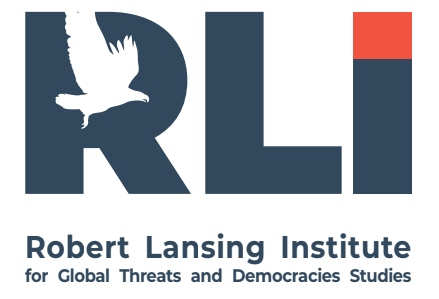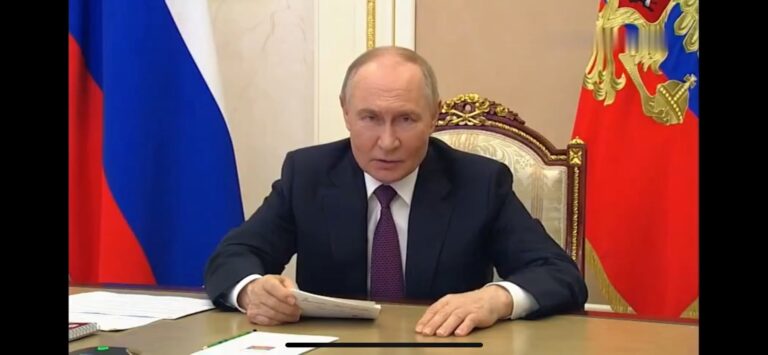Russian President Vladimir Putin recently declared that Russia may need to create a “buffer zone” inside Ukrainian territory to protect Russian border regions from drone and artillery attacks. This statement, while framed as a defensive measure, signals a strategic shift: justification for deeper territorial expansion beyond areas Russia has claimed as its own.
Meanwhile, former U.S. President Donald Trump has claimed that Russia is willing to end the war and that, had he been in office, the invasion would not have occurred—or could have been quickly resolved.
2. The Buffer Zone Concept: A New Phase in Russia’s War
a. What Putin Said
In May 2025, Putin stated that Russia may be forced to push deeper into Ukrainian territory to establish a buffer zone that could shield Russian regions like Belgorod from cross-border shelling and drone attacks.
Key elements of this proposal include:
- Establishing a “sanitary zone” deep enough to prevent Ukrainian long-range strikes
- Targeting areas not currently under Russian constitutional claim (e.g., Kharkiv Oblast)
- Framing this not as an act of aggression, but as a countermeasure to protect Russian civilians
b. Strategic Motive
This represents an offensive escalation, not a defensive adjustment. It signals:
- A move beyond legally annexed Ukrainian territory (Donetsk, Luhansk, Zaporizhzhia, and Kherson oblasts — as per Russian constitutional amendments since 2022)
- A shift in Russia’s war goals, from “liberating” claimed regions to potentially annexing or controlling new areas under a “security” rationale
This expansionism mirrors Soviet-style “security belt” doctrines used in Eastern Europe during the Cold War.
3. Trump’s Narrative: Russia’s Alleged Willingness to End the War
Former President Trump has repeatedly claimed that:
- Russia would not have invaded Ukraine under his watch
- Putin is interested in ending the war and would have done so through negotiation
- He (Trump) could resolve the conflict within 24 hours of returning to office
These claims rest on the idea that the Kremlin is looking for an “off-ramp”, not further territorial expansion.
a. Contradictions with Putin’s Buffer Zone Plan
Putin’s new proposal contradicts Trump’s assertions in three key ways:
- Strategic Expansion vs. Negotiated Peace
Declaring the need for a new buffer zone inside Ukraine is the opposite of a peace overture. It’s an argument for continued offensive warfare. - No Endgame in Sight
The proposal implies a protracted conflict, with shifting frontlines and no willingness to revert to pre-February 2022 borders. It undermines the idea that Russia would easily agree to a settlement. - Escalation Over De-escalation
The buffer zone would require more military resources, intensify fighting in areas like Kharkiv or Sumy, and potentially trigger greater NATO alarm. It is an escalatory policy. - 4. Legality and Strategic Implications of Expanding the War
a. Lack of Constitutional Justification
Russian law, as amended in 2022, claims sovereignty over four Ukrainian oblasts. However, areas like Kharkiv or Dnipropetrovsk remain outside even Russia’s own annexation narrative.
- This undermines Kremlin propaganda that Russia is defending its “own territory”
- Any expansion into these zones reveals the imperial nature of the war, not a defensive operation
b. Strategic Risks of Expansion
Pushing into unannexed Ukrainian territory could:
- Expose Russian forces to new counteroffensives by Ukraine
- Stretch supply lines and increase manpower shortages
- Trigger increased Western aid to Ukraine
- Undermine support from countries like China or India, which emphasize sovereignty and non-expansionism
c. Escalation of War, Not Containment
Despite being framed as a buffer, this policy broadens the war, turning it into a war of indefinite fronts. It raises the specter of a frozen conflict that spreads geographically, not one approaching resolution.
5. Broader Implications for U.S. Foreign Policy and 2024–25 Politics
a. Reality Check for Trump’s Peace Claims
If Putin is preparing to expand the battlefield, the claim that the war could be easily ended by U.S. diplomacy becomes difficult to defend.
- Trump’s framing of the war as a “negotiation failure” ignores Russia’s current military ambitions
- The buffer zone idea shows that Russia’s war aims are fluid and opportunistic, not static or easily bargained
b. Impact on NATO Calculations
A Russian push toward Kharkiv or deeper into Ukraine will:
- Bring Russian troops closer to NATO borders (e.g., near northeastern Poland or eastern Slovakia)
- Increase pressure for a NATO response, especially in intelligence-sharing and weapons delivery
- Intensify fears of spillover or border provocations
Putin’s call for a buffer zone is a pretext for widening the war, not ending it. It reveals Russia’s readiness to expand into new territories under security justifications—even if those areas are not claimed under Russian law. This strategic shift is a clear escalation, contradicting Donald Trump’s claims that Russia is interested in ending the conflict and that a quick diplomatic resolution is feasible.
The expansion also exposes the myth of a limited Russian war—instead, it confirms that Moscow remains committed to redrawing borders through force, not negotiation. Any serious Western policy response must recognize that “buffer zones” are not neutral ground—they are steps toward new frontlines.
he idea of a “buffer zone” is deeply rooted in the Karaganov Doctrine, which envisions a Russia surrounded by a belt of destabilized or neutralized territories, serving as a strategic cushion against NATO. This thinking goes far beyond simple defense—it’s an ideological and military blueprint for preemptive dominance and imperial re-expansion. Based on this doctrine and Putin’s current rhetoric, we can assess the Kremlin’s likely next steps.
What’s Next for the Kremlin? Projected Moves After the “Buffer Zone” Doctrine
1. Formal Military Escalation in Northeastern Ukraine
Expect new offensives in Kharkiv, Sumy, or Poltava oblasts, under the pretense of creating “sanitary zones.”
- These areas are not constitutionally part of Russia, which reveals this is not about “defending Russian land” but creating a de facto military occupation zone.
- Russia may attempt to install puppet administrations in these areas, mimicking what it did in Luhansk or Kherson in 2014–2022.
Strategic purpose:
- Push Ukrainian artillery away from the Russian border.
- Create territorial bargaining chips for any future negotiations.
2. Legal and Propaganda Preparation for Expanded Occupation
We will likely see state media, think tanks, and Kremlin-linked experts begin preparing the public for new annexation attempts or “temporary military control zones.”
- Kremlin propagandists could revive “Novorossiya” narratives.
- Russian military law could be adapted to allow long-term control without annexation (like Transnistria or Abkhazia).
- A “security referendum” could be staged to simulate local support.
3. Hybrid Pressure on Moldova and the Baltic States
Consistent with Karaganov’s view of a pro-NATO “cordon sanitaire” as a threat, Russia may simultaneously escalate non-military or covert operations in:
- Moldova: Stirring unrest via Gagauzia or reinforcing Transnistrian militias.
- Latvia & Estonia: Targeting Russian-speaking minorities with disinformation, protests, or cyberattacks.
This supports the goal of destabilizing the NATO frontier without crossing Article 5 lines.
4. Disruption of NATO Supply Routes via Covert Attacks
As the war zone expands, Russia will increasingly target logistical hubs and corridors used for military aid to Ukraine—especially those in:
- Poland (Rzeszów, Lublin corridor)
- Slovakia and Romania (Danube ports, Siret corridor)
This would likely be done through:
- Cyberattacks on transport infrastructure
- Drone strikes near the border (but short of direct NATO territory)
- Proxies or sabotage operations via Belarus or Transcarpathia
5. Shift to “Permanent War Economy” and Military Mobilization
The buffer zone policy will require:
- More manpower: partial mobilizations will continue incrementally
- Expanded weapons production: the Russian economy is already over 30% militarized
- Full social militarization: using fear of NATO and long war rhetoric to prepare Russian society for decades-long conflict
Karaganov himself argued that “peace will not come soon” and that Russia must be ready for an “era of confrontation” with the West.
6. Pressure for Political Divisions in the West (U.S. and EU)
The Kremlin will intensify disinformation, lobbying, and clandestine political influence campaigns to:
- Undermine U.S. and EU support for Ukraine (targeting elections, media, isolationist movements)
- Promote the idea that Ukraine is a “lost cause” and that Russia’s demands (e.g., buffer zones) are “reasonable”
- Strengthen pro-Kremlin politicians (e.g., Orbán in Hungary, far-right EU blocs, and Trump-aligned U.S. factions)
The buffer zone is not just a battlefield concept—it’s part of a geopolitical wedge strategy.
Final Outlook: From Buffer Zones to Satellite Zones
If not checked, the “buffer zone” policy will evolve into a “satellite zone” strategy—where Russia aims to reassert control over not just Ukrainian territory, but the political sovereignty of neighboring states.
This would result in:
- A frozen or partitioned Ukraine (East under Russian grip, West destabilized)
- Moldova and Georgia paralyzed
- Baltics under constant hybrid attack
- NATO forced into reactive mode
The buffer zone is not a defensive concept, but a doctrinal step toward permanent conflict management under the Karaganov worldview. Putin’s framing of it as a necessity for “Russian security” masks its true purpose: to expand Russian influence, challenge NATO’s eastern frontier, and fracture Western unity.
The West must treat the buffer zone plan as a strategic escalation—one that contradicts claims of Russian interest in peace and signals that the Kremlin is preparing for a multi-front confrontation lasting years, not months.
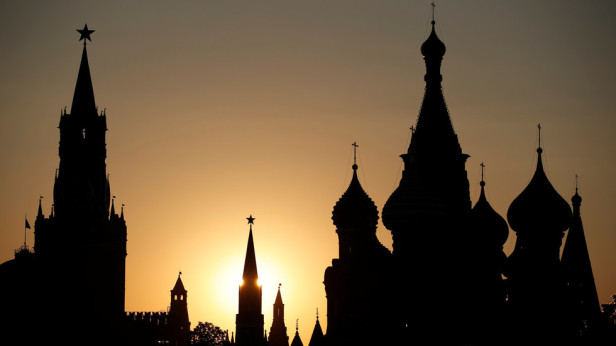
More on this story: New White House Office to Step up Pressure on Russia
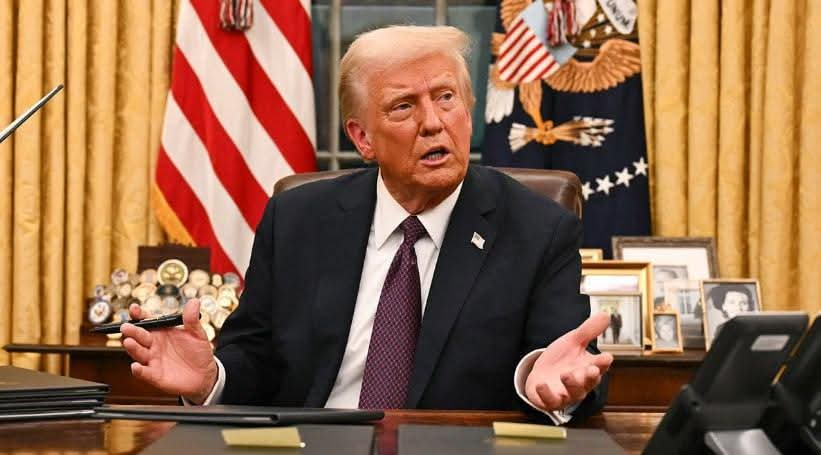
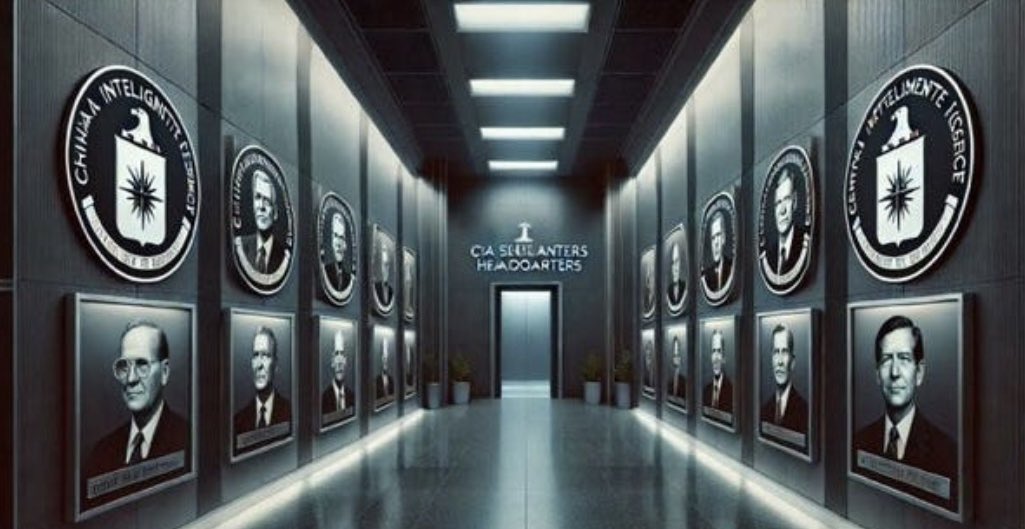
More on this story: Prioritizing National Security
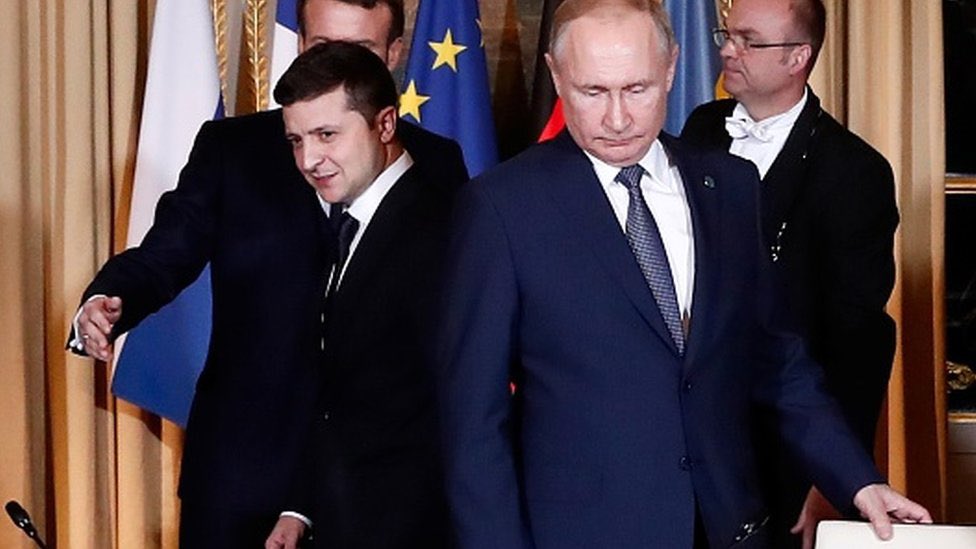
More on this story: Putin’s Shifting Mindset: Who Really Shapes Russia’s Policy?”
